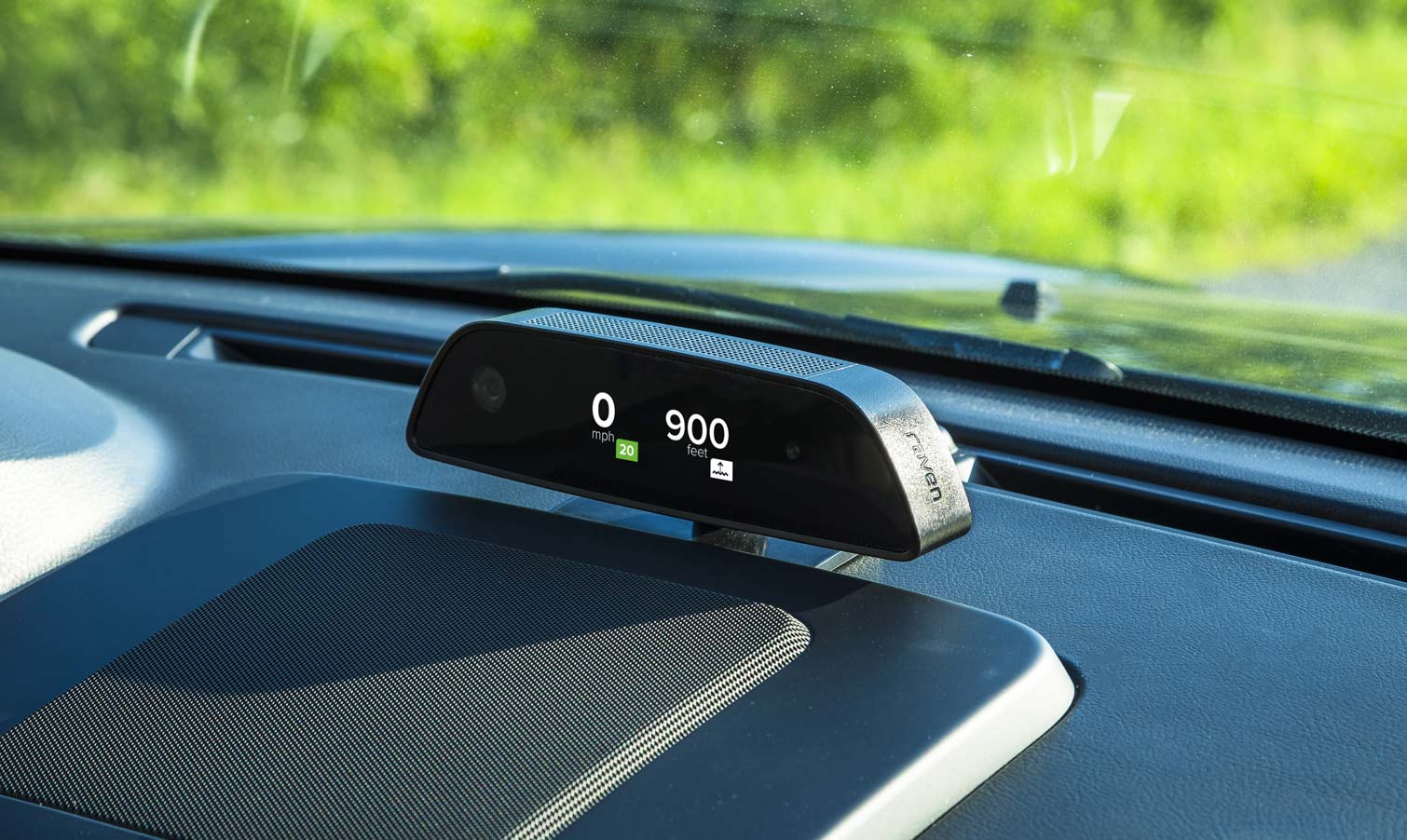Tom's Guide Verdict
The most comprehensive device for connecting older cars (post-2008), the Raven includes everything from a dashcam to a remote security and monitoring system — for a price.
Pros
- +
Unmatched array of features
- +
Excellent car monitoring
- +
Variety of alerts
Cons
- -
Requires monthly subscription
- -
Large size creates potential blind spot
- -
Limited to vehicles made after 2008
Why you can trust Tom's Guide
The first of a new breed of devices, the Raven offers a (so far) unmatched suite of features that turns an older auto into a connected car. Think of it as a GoPro, navigation, security, car diagnostics and driver-monitoring system all rolled into one — for $299.
The Raven is able to accomplish all this by packing all the features of a smartphone into a dashboard device designed specifically for the car. Based on the Snapdragon 650 system on a chip (SOC), the Raven has a persistent cellular connection, so you always know where your car is. There are also exterior- and interior-focused video cameras, so you can check out what's happening inside and out, remotely, and at any time.
Available for preorder, the Raven isn't due to ship to customers until April. But we got an advanced chance to test it over hundreds of miles of driving, and found its features inspired confidence and held up remarkably well in a variety of conditions.
Design: Connected Car in a Box
The Raven's list of features is lengthy: It has a 1080p, 140-degree, forward-facing camera, an interior camera that records in 720p and the six-core Snapdragon SOC to process it all. There's Bluetooth, Wi-Fi (including a Wi-Fi hotspot option), and 4G LTE connectivity. Two internal microphones (for noise cancellation) help to pick up in-cabin sounds (including that of a possible break-in). In addition to the usual accelerometer, the Raven has a proximity sensor (to recognize gestures) and an air-pressure monitor should someone decide to do a smash-and-grab.
To set preferences, view the camera feeds, receive alerts and perform other functions, there's a free Raven app for Android and iOS users. The Raven has 16GB of internal storage and a microSD slot that can accommodate cards up to 256GB. You can download video directly to your phone (via Wi-Fi Direct) or up to the cloud for later viewing.
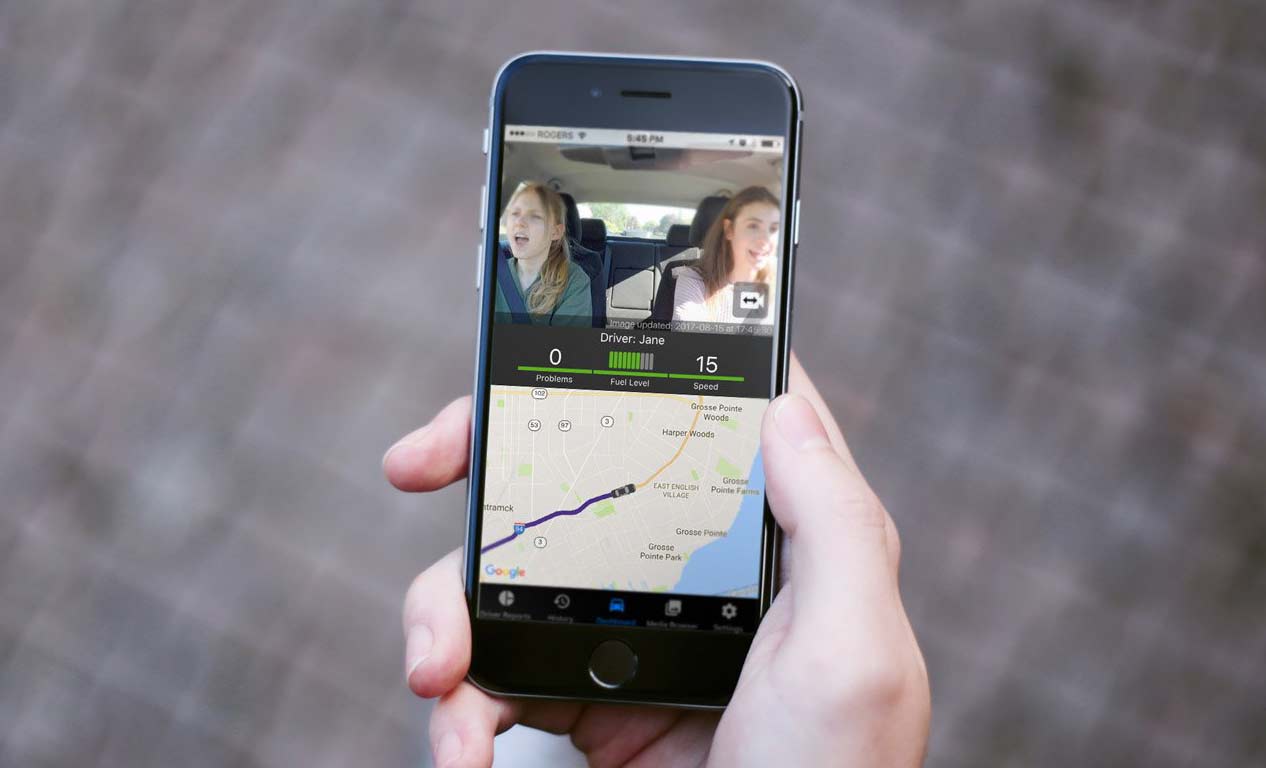
When the car is parked, the Raven app will text you if your vehicle is towed or broken into. It will also tell you if the car battery is getting low (it requires some power over the OBD port) and shut itself off if it is in danger of draining the battery. A backup battery in the device ensures that even if someone (say a teen driver who doesn't want to be tracked) unplugs it, an alert will still be sent.
Think of it as a GoPro, navigation, security, car diagnostics and driver-monitoring system all rolled into one.
While driving, Raven takes a time-lapse recording of the trip and will automatically record accidents or initiate a recording with a hand gesture (starting 30 seconds from before the gesture). Vehicle alerts include engine starts and car diagnostic faults, as well as driving alerts, such as hard acceleration, sudden braking or speeding. If you're in an accident, Raven can be set to automatically contact family members with location information.
Get instant access to breaking news, the hottest reviews, great deals and helpful tips.
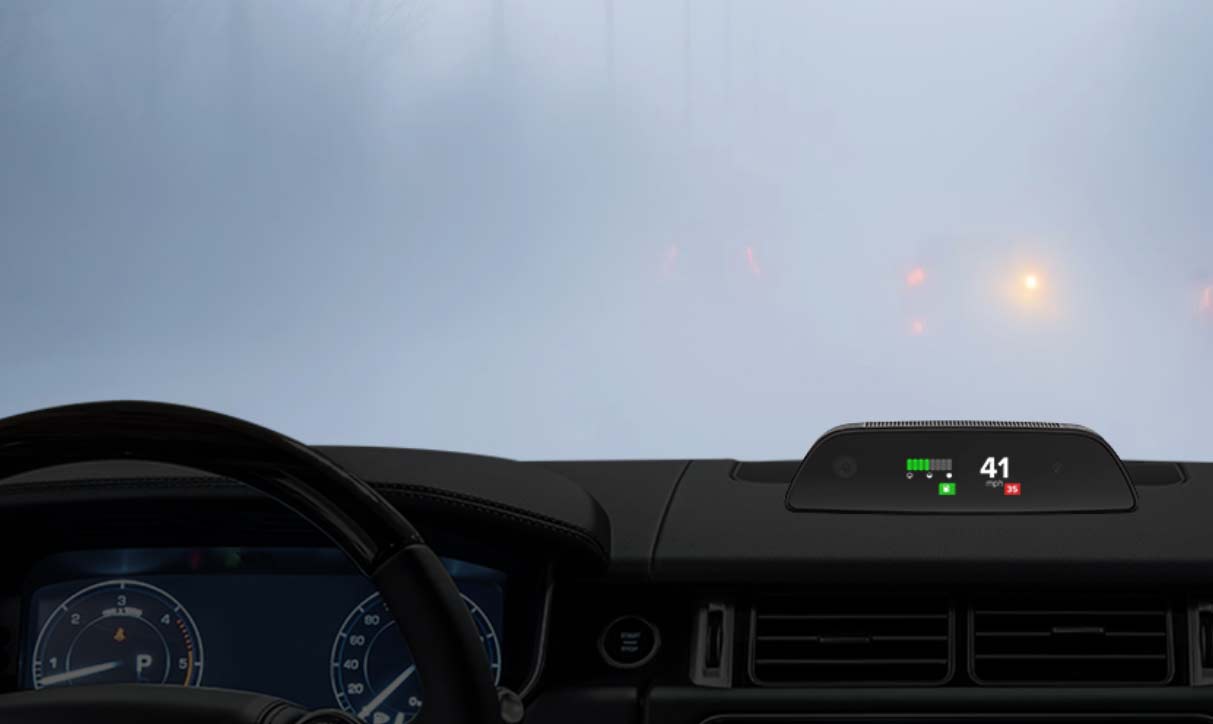
The Raven does not lock you into a wireless-carrier contract, but to make it work, cellular service is absolutely necessary. A basic $8 a month plan (using T-Mobile) lets you check on your vehicle 60 times a month over video. If you want up to 120 video check-ins, it's $16 a month, and a full-blown $32-a-month package adds remote uploading and downloading of video recordings and a total of 240 live-video check-ins.
MORE: Connected Cars: A Guide to New Vehicle Technology
The one downside is that Raven works only with cars built from 2008 to the present. Although the OBD-II port that many dongles use has been standard in vehicles since 1996, Raven also relies on CAN Bus communications within the car, and those standards weren't mandatory in the U.S. until 2008.
Installation: Tricky Placement
To pack all these features into a single device, the Raven is significantly bigger than most dashboard- or windshield-mounted devices, such as radar detectors and dashcams, and thus can create more of a blind spot depending on where you position it. The half-moon-shaped chassis is 7.9 x 2 x 1.1 inches, and can be stuck on the dashboard or upside down on the windshield (it will automatically recognize its orientation and flip the video feeds and displays).
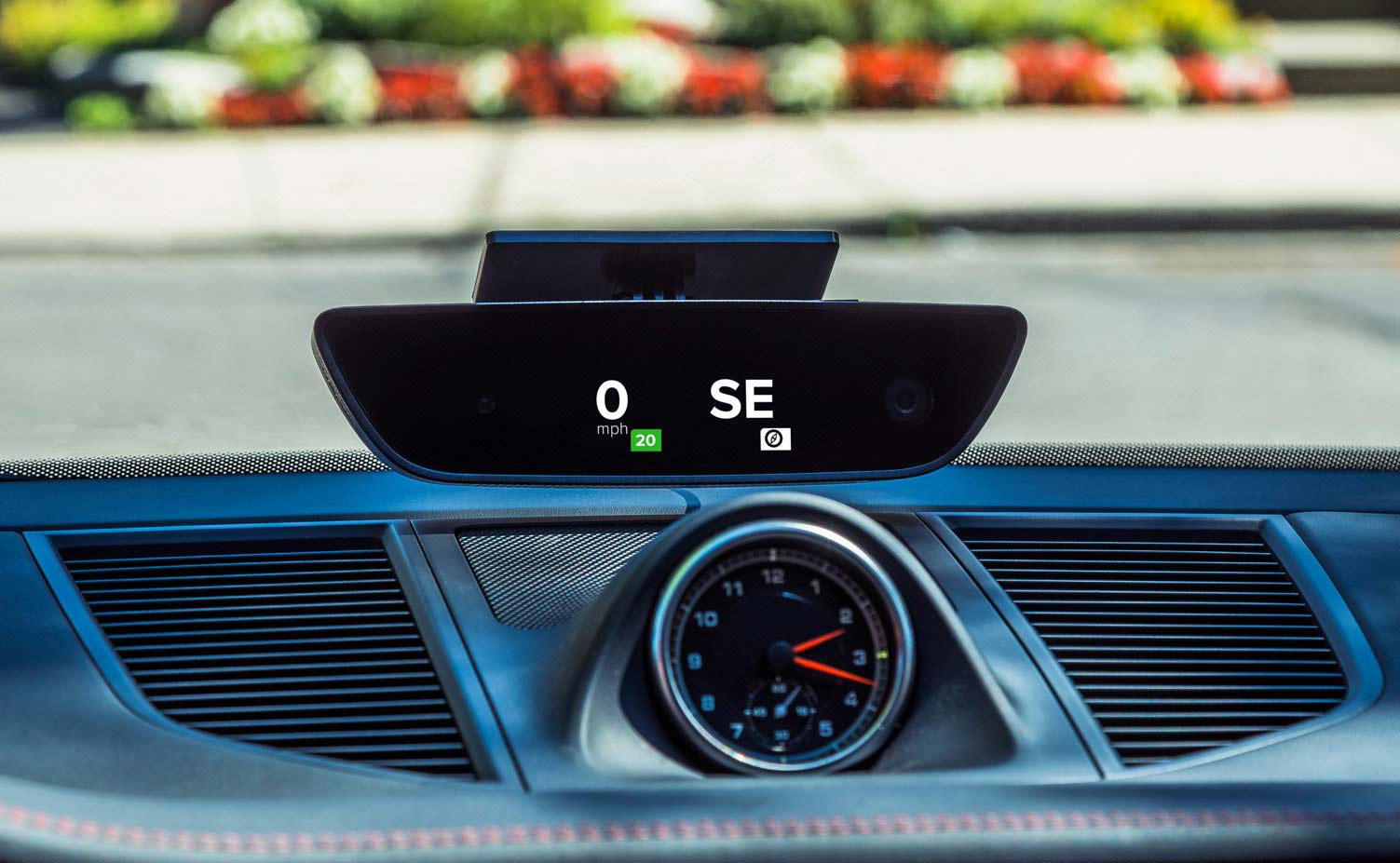
Situating the device in precisely the right spot on a windshield takes a little work because you have to line up the external camera as well as position it where you can see the display-- and not create a distracting blind spot. The Raven includes an adhesive backing on a mounting bracket to stick it to the windshield or dashboard. You then snap the device onto the bracket.
In order to make Raven work, cellular service is absolutely necessary.
A single cable with plenty of length to accommodate even a big SUV stretches from the Raven across the dashboard and down to the OBD II port under the steering wheel. Open the app, enter the confirmation code from an email message, and then allow the phone to pair via Bluetooth. Within a couple of minutes, Raven had found a cellular signal and all the provisioning was done.
Performance: Simple and solid
To use all of its features, the Raven needs a cellular and a GPS signal. The former is to set preferences and see live feeds, the latter is for determining the car's precise location and generating driver data.
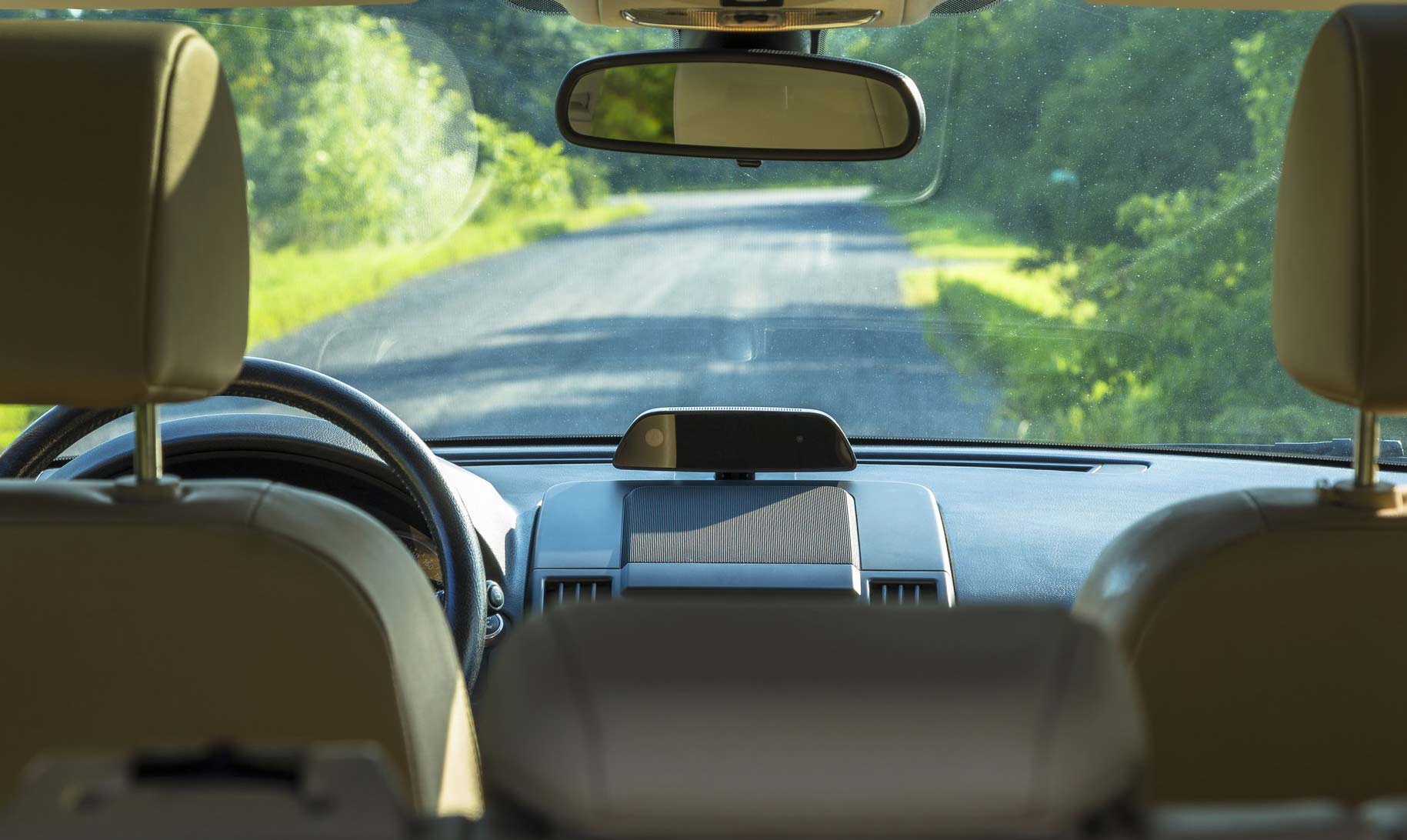
Over nearly 500 miles of testing, the Raven proved useful and easy to operate. The color LCD offers a sort of heads-up display, and you can choose what information you'd like to see, such as battery and fuel levels. I stuck with the speed and time displays, which were helpful on long highway trips. (I double-checked the speed readings against the onboard speedometer as well as against a radar detector and a PND, and the Raven's speed readout proved accurate.)
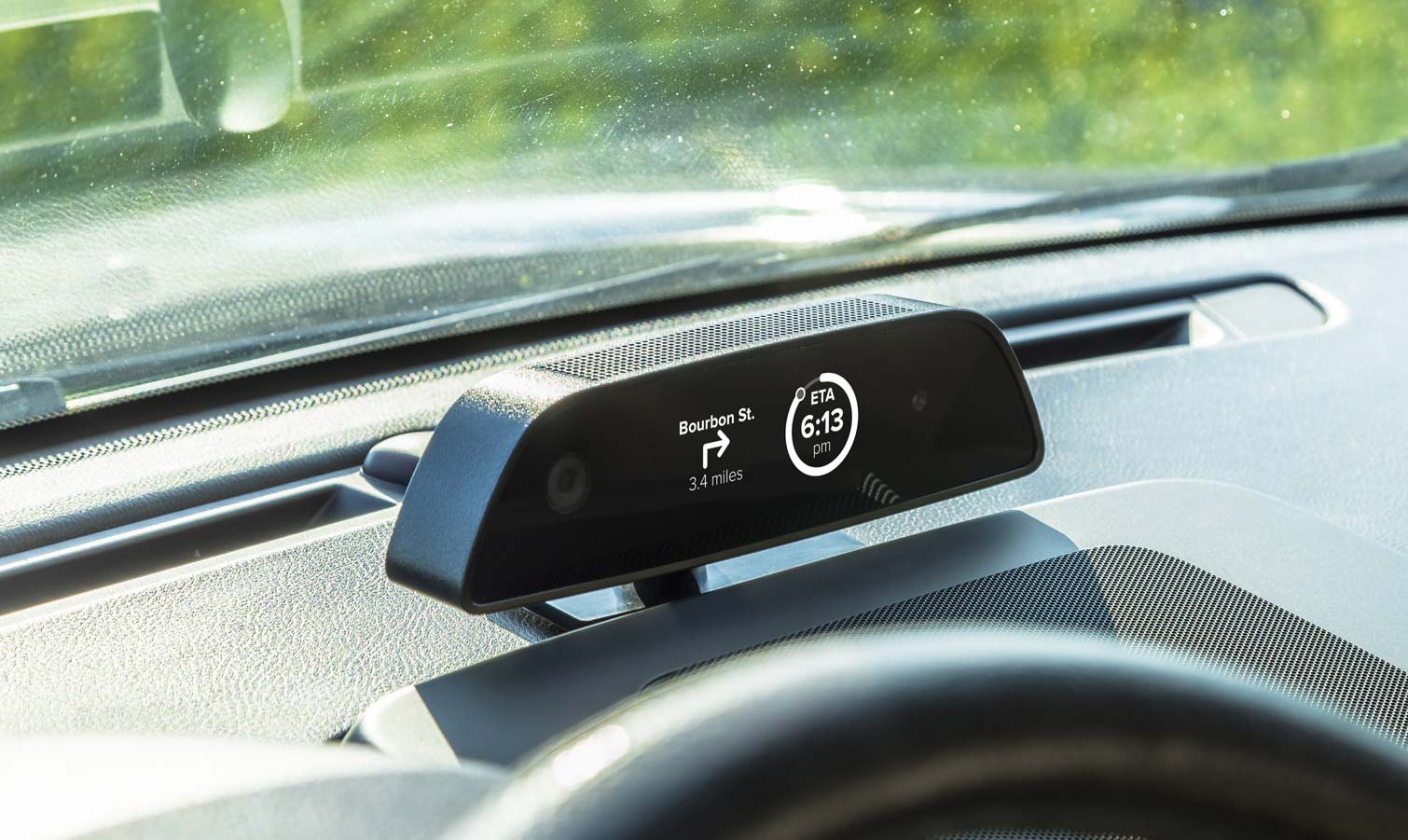
On an empty country road, I intentionally tried to generate some aggressive driving alerts. The Raven didn't seem to be overly sensitive, but it did send me several aggressive-acceleration warnings. Parents of young drivers should find such messages helpful.
Over nearly 500 miles of testing, the Raven proved useful and easy to operate.
The automatic time-lapse recordings were also interesting. They covered several hours at a stretch without any glitches. Any time the car was running — even warming up while I was shoveling snow — it laid down a video recording. On a basic cell plan, you can automatically download videos to your phone with a direct Wi-Fi connection. You can choose just the exterior, interior or both feeds).
I found the forward videos clear, although it was difficult to make out license plate numbers, particularly at night. Its 140-degree field of view is also much narrower than many other dashcams; the Garmin 65W, for example, has a 180-degree FOV. Nighttime recordings also suffered from some banding distortion. (Raven is aware of the issue and said the software problem would be fixed before the official release.)
While some IoT devices can be controlled only through a smartphone interface, Raven also supports access via a web browser. Log in online, and you'll see where your car is on a map, as well as a recent photo from the car's camera. It also includes a handy trip-sharing feature that you can enable from the site.
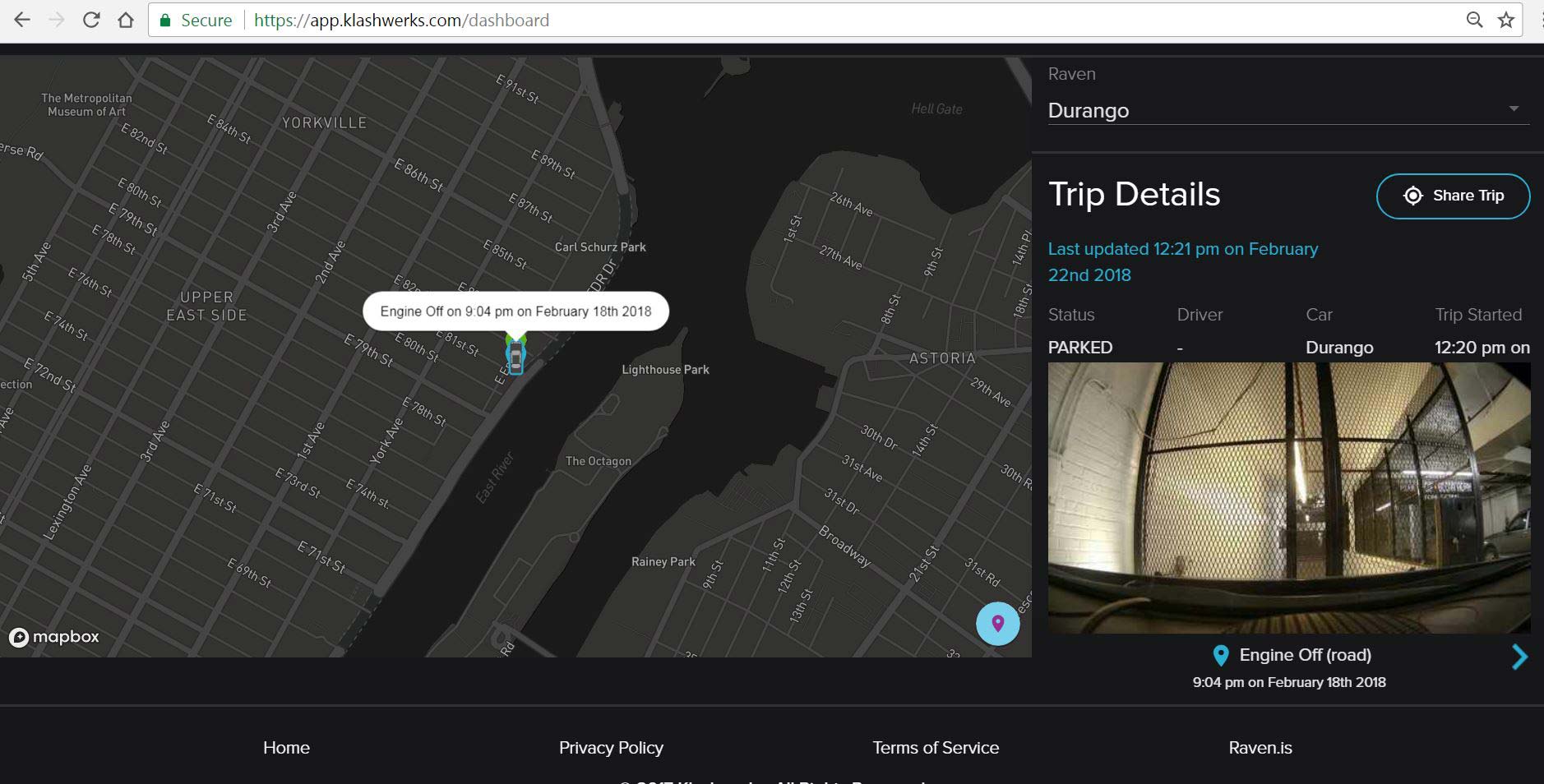
When you're heading out on a long (or short) journey, just email friends and family a link and they can track your progress; no need to call or be distracted by having to text your location. And for privacy, the link lasts only for the duration of the trip.
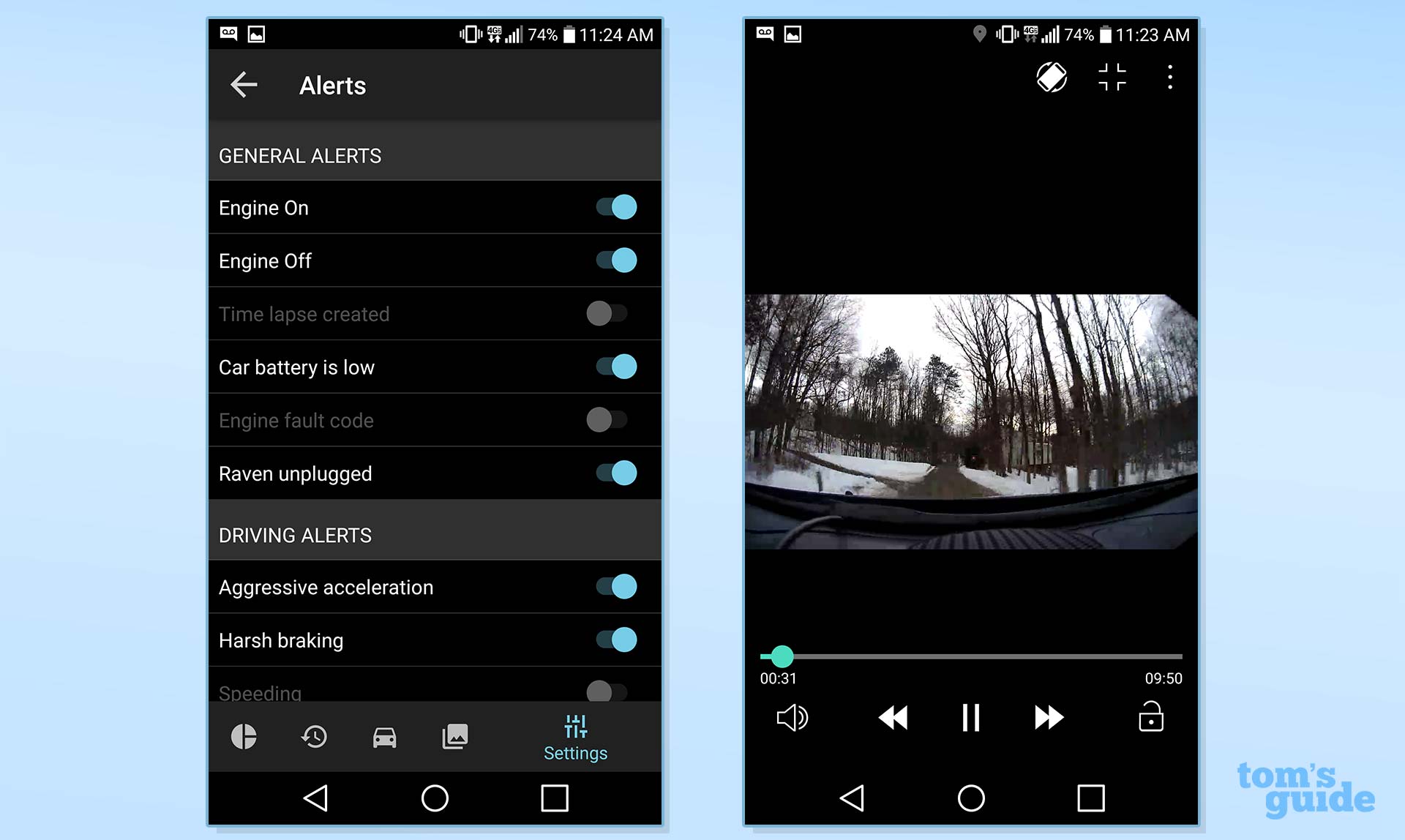
I had the Raven plugged in for several weeks and it never drained my car battery. However, I did notice a drop in voltage after a couple of weeks of being parked. Raven will automatically notify you and switch itself off, however, should the voltage drop below 11.9 volts.
Some Features Still in Beta
The driver-reports portion of the app was not completed in time for our initial review (we will follow up with an update). Anticipated reports should include parameters such as braking, acceleration and speeding. It's the same set of information that some dongles from insurance companies collect for safe-driving discounts. Raven does not have any deals in place with insurers yet.
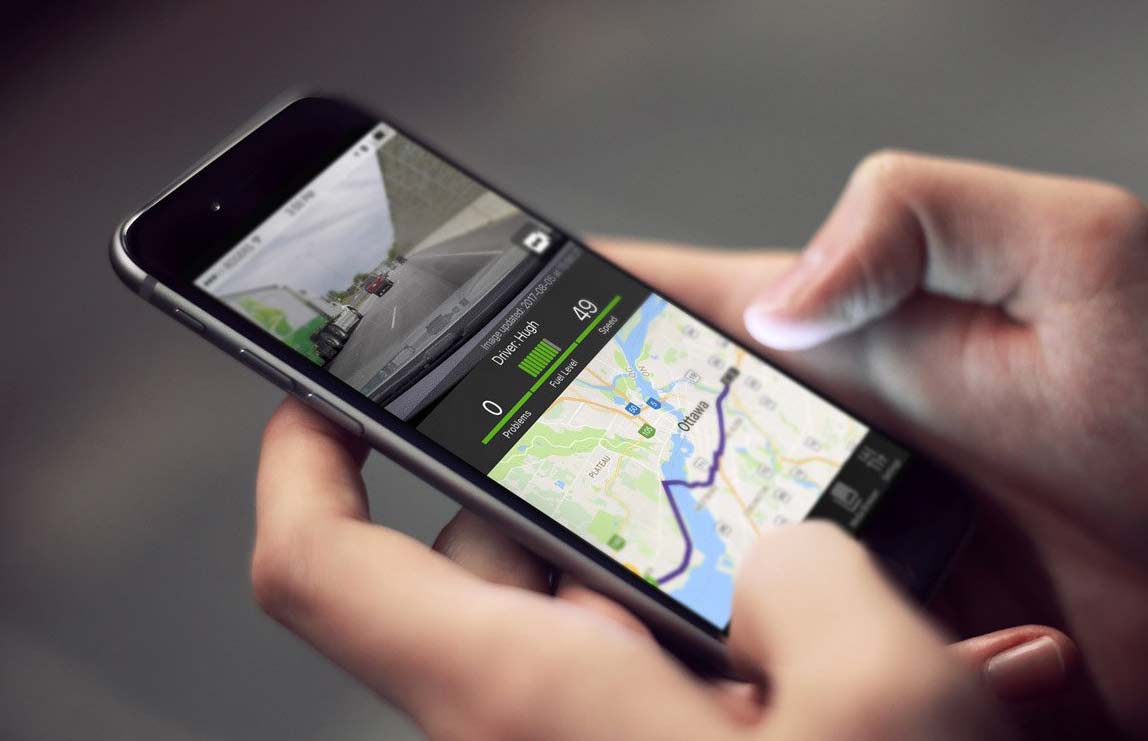
The other significant element that was not finished in time for our review was the built-in navigation and routing app. Raven will use Mapbox for its navigation. Mapbox uses OpenStreetMap to generate its maps and is primarily known for building custom maps for clients such as Lonely Planet and Lyft. When the navigation software is available for testing, we will update the review.
Bottom Line: Impressive Start
While the Raven's nearly $300 price may sound steep for a dashboard device, consider that the Garmin Speak Plus is $230, and doesn't have any of the security, diagnostic or connected car features (though it does have Alexa). Many navigation-only devices cost almost $200, and even the forthcoming Owl Cam, which promises many of the same security features as the Raven — but lacks navigation — will be $349 (including one year of limited cell data service).
In its current incarnation — with a couple of pending features planned for the official launch — Raven is a compelling device and the smartest connected-car upgrade yet for older cars.
Credit: Raven
John R. Quain has been reviewing and testing video and audio equipment for more than 20 years. For Tom's Guide, he has reviewed televisions, HDTV antennas, electric bikes, electric cars, as well as other outdoor equipment. He is currently a contributor to The New York Times and the CBS News television program.
